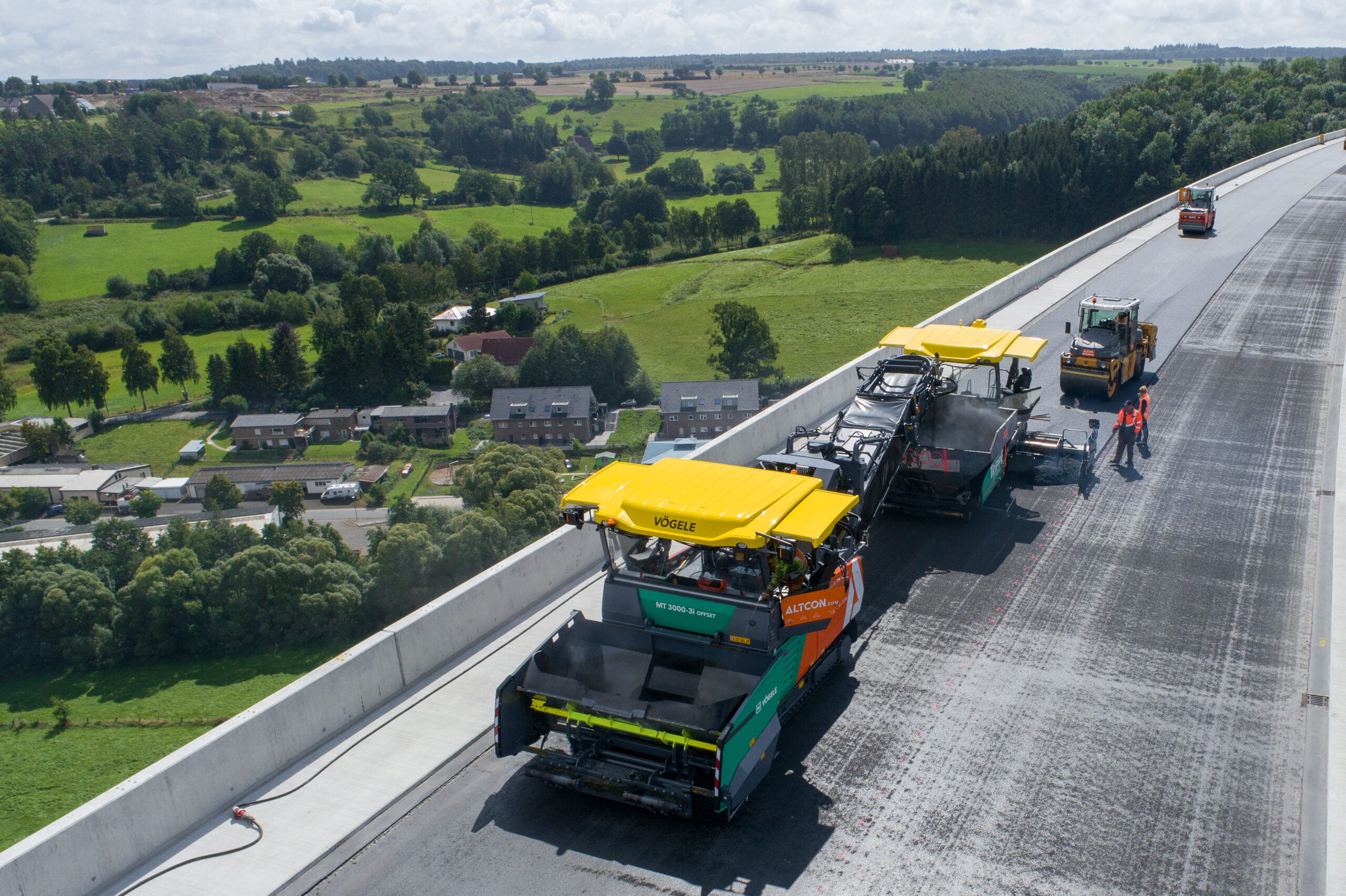
Machine data Cluster 4 Road construction machines

Targets
The overriding objective of the road construction machinery cluster is to create a uniform understanding/standard for the definitions in ISO 15143. Within the ISO standard, some parameters are not regulated in a sufficiently concrete manner. Also, parts of the parameters listed there are not relevant for practical use.
Due to the lack of standardization, there is room for interpretation, which allows different definitions on the part of the OEMs and thus causes corresponding isolated solutions (data silos) on the part of the users.
For the users of the machines, a meaningful use, a cross-manufacturer comparison and a connection of the machine condition data to internal systems and processes is therefore only possible with great difficulty or not at all.
In order to increase the usability as well as the application possibilities of the data, the parameters and their meaning must be regulated in detail and clearly together with all parties involved, from the manufacturer to the service provider to the end user.
This standardization is intended to create clear added value for the user in the machine condition data defined in ISO 15143-3. Manufacturers will benefit from a targeted, manufacturer-independent definition while avoiding isolated solutions and proprietary interpretations.
The elaboration was carried out in compliance with the following two requirements:
- The ISO standard is the default and there must be no modification of existing fixed definitions.
- The definitions refer to the data interface from the OEM server. Data acquisition and data transfer to and from the machine are not part of this cluster.
Outlook
Since ISO 15142-3 currently only contains machine condition data, the next step will be to work out the necessary quality and process data for road construction machinery. In defining this data, existing interim results, e.g. from the CECE initiative, will be reviewed and compared with the requirements of OEMs and users. The goal is to clearly and unambiguously define the required metrics. For the user, this information is of great importance in order to be able to further optimize construction site processes. For this purpose, it is necessary to define machine types, such as pavers, feeders or asphalt rollers, and to consider them separately. For each machine type, main activities are defined and the required data fields incl. description as well as measurement accuracies (query frequency, unit) are defined.